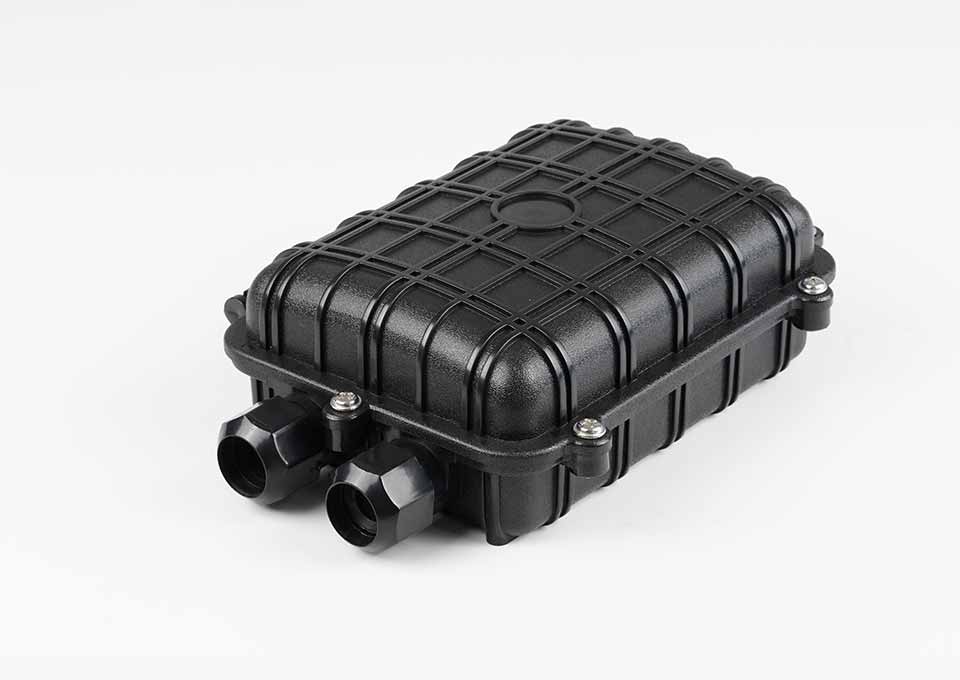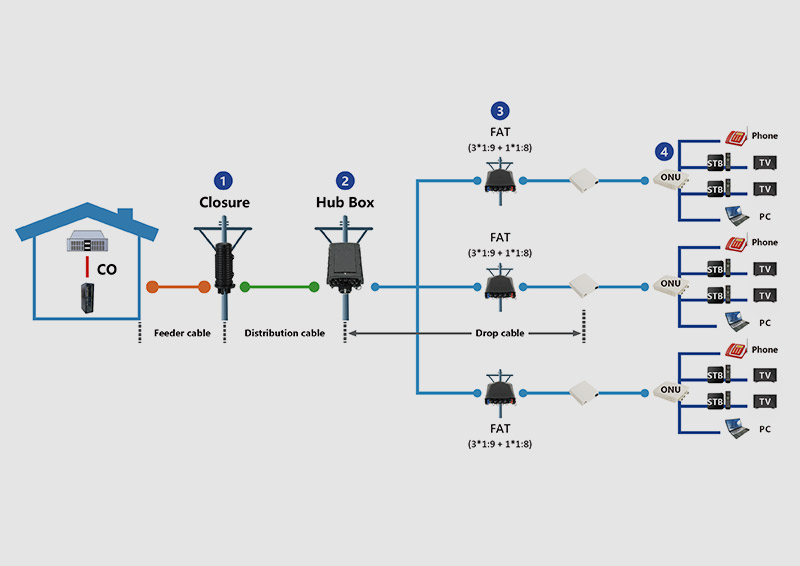In the digital age, data centers are the unsung heroes powering our internet-driven lives. These sprawling complexes, filled with humming servers and flashing lights, might seem intimidating at first glance, but they are truly fascinating. Join me on an engaging journey through the world of data centers, where we'll uncover their secrets and understand their pivotal role in keeping our digital world spinning.

What Exactly Is a Data Center?
Imagine a massive library, but instead of books, it's filled with computers. These computers, known as servers, store and process vast amounts of data. From your latest Instagram post to your favorite Netflix series, everything you do online is supported by these incredible facilities. A data center is essentially the brain of the internet, processing and storing the enormous volumes of data that flow through the digital world every second.
The Structure of a Data Center
A data center is a meticulously designed fortress, built to withstand both physical and virtual threats. Let's break down its components:
1. Servers: These are the workhorses of the data center, handling countless requests and tasks simultaneously. Imagine them as tireless librarians, always ready to fetch the information you need.
2. Storage Systems: Data centers house enormous amounts of information, from cat videos to critical financial records. Storage systems are the shelves that hold all this data, ensuring it's accessible whenever needed.
3. Networking Equipment: Routers, switches, and firewalls form the nervous system of a data center, enabling communication between servers and the outside world. They manage the traffic, ensuring data flows smoothly and securely.
4. Power Supply: Data centers consume vast amounts of electricity. They rely on a robust power infrastructure, including backup generators, to keep the lights on and servers running 24/7.
5. Cooling Systems: Servers generate a lot of heat. Without proper cooling, they would overheat and fail. Data centers use advanced cooling technologies to maintain an optimal temperature.
The Role of Data Centers in Our Daily Lives
You might be wondering, "Why should I care about data centers?" The answer is simple: they are the backbone of modern society. Here's how they impact our daily lives:
1. Social Media: Every photo you upload, every status you post, and every message you send is stored and processed in a data center. Without these facilities, your social media platforms would cease to function.
2. Streaming Services: When you binge-watch your favorite series, data centers are hard at work. They stream high-definition videos to millions of users simultaneously, ensuring a smooth and enjoyable experience.
3. Online Shopping: E-commerce platforms rely on data centers to manage transactions, process payments, and store customer information. They keep your shopping experience seamless and secure.
4. Cloud Services: From Google Drive to iCloud, data centers power the cloud services that store your files and enable collaboration. They make it possible to access your data from anywhere in the world.
The Evolution of Data Centers
Data centers have come a long way since their inception. Let's take a quick trip down memory lane:
1. Early Days: The first data centers were small, localized setups used by government and research institutions. They were limited in capacity and capability.
2. The Dot-Com Boom: In the late 1990s, the internet explosion led to the rapid expansion of data centers. Companies needed more space and power to support their growing online presence.
3. Modern Era: Today, data centers are colossal, energy-efficient complexes spread across the globe. They employ cutting-edge technology to handle the ever-increasing demand for data storage and processing.
The Green Revolution: Sustainable Data Centers
One of the biggest challenges facing data centers is their environmental impact. These facilities consume enormous amounts of electricity and generate substantial heat. However, the industry is taking significant strides toward sustainability:
1. Renewable Energy: Many data centers are transitioning to renewable energy sources, such as solar and wind power. This reduces their carbon footprint and makes them more environmentally friendly.
2. Energy Efficiency: Advanced cooling systems and energy-efficient hardware are helping data centers reduce their power consumption. Innovations like liquid cooling and AI-driven energy management are making a big difference.
3. Green Building Practices: Some data centers are being built with sustainable materials and practices, minimizing their environmental impact from the ground up.
The Future of Data Centers
The future of data centers is as exciting as it is uncertain. Here are some trends and technologies shaping the next generation of data centers:
1. Edge Computing: As the demand for real-time data processing grows, edge computing is becoming more prevalent. This involves placing smaller data centers closer to the end-users, reducing latency and improving performance.
2. AI and Automation: Artificial intelligence and automation are revolutionizing data center operations. AI-driven systems can optimize energy usage, predict equipment failures, and enhance security measures.
3. Quantum Computing: Though still in its infancy, quantum computing holds immense potential. It could revolutionize data processing, making it exponentially faster and more efficient than traditional methods.
Conclusion
Data centers are the unsung heroes of the digital age, quietly powering the vast array of online services we rely on every day. From social media to streaming services, they are the backbone of our digital world. As technology evolves, data centers are becoming more efficient, sustainable, and capable of handling the growing demands of our connected society. So, the next time you stream a movie or upload a photo, take a moment to appreciate the incredible data centers working tirelessly behind the scenes.



